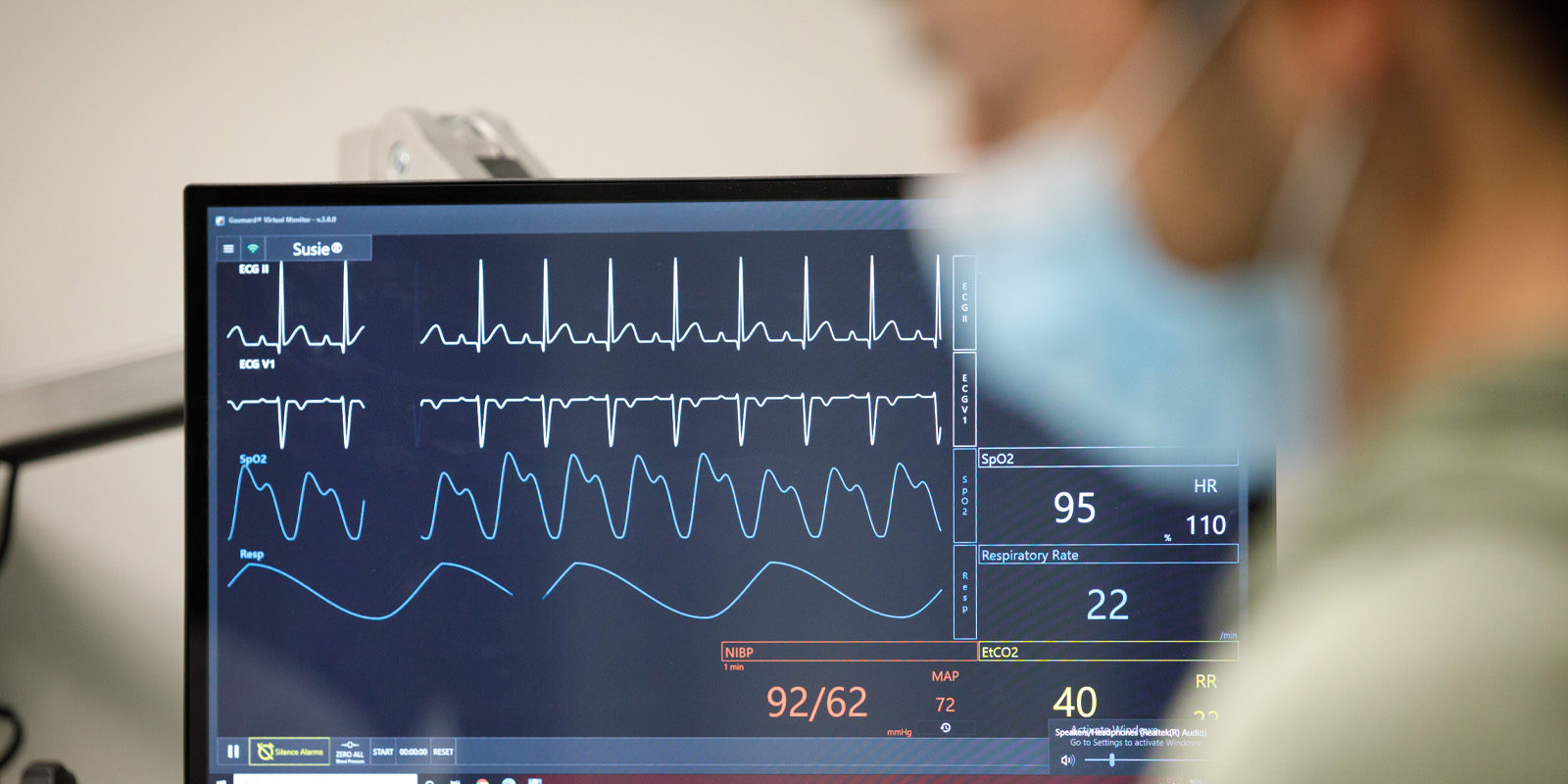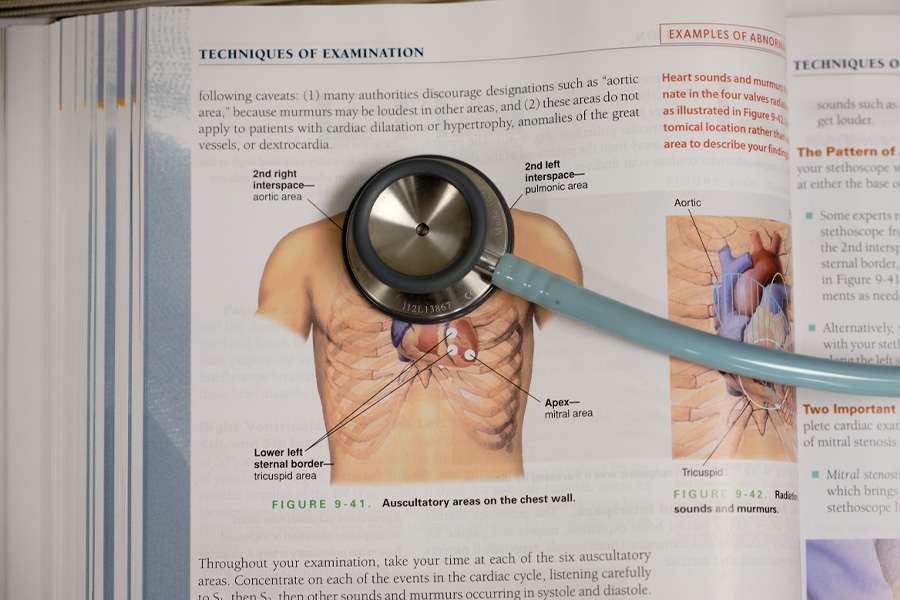MS in Biostatistics
Gain experience in data management and computing, statistical reasoning, scientific logic, data analysis, and data interpretation.

Why Study Biostatistics?
Biostatistics is a special branch of applied statistics that focuses on statistical application in life sciences. Students trained in biostatistics at the MS level are in high demand at all levels of government; industry (pharma, business, biotechnology, and IT); academia; research institutes; and healthcare (academic, public, and private). On average, there are 5,200 job openings for biostatisticians per year; median income across all experience levels is $125,000 for MS graduates.
The US Department of Labor projects a 33% increase data science positions between 2020 and 2030. Data Science ranked as the #2 out of 50 Best Jobs by Forbes Magazine in 2021 and Biostatistics ranked as the #1 Master’s Degree to obtain by Fortune Magazine in 2016 and as of 2020 the #3 Best Business Job, #7 Best STEM Job, and #8 Best Job according to US News and World Reports.
Why Study Biostatistics at UNMC?
The UNMC Biostatistics curriculum provides quality training for MS biostatisticians in fundamental theory, computing, data analysis, clinical trial/study design, and health data sciences that makes them attractive to potential employers. The faculty in the Department of Biostatistics engage and support graduate students in funded scientific research projects. In addition, students will gain real world work experience by collaborating with researchers through the Department of Biostatistics Center for Collaboration on Research Design and Analysis (CCORDA); assignment as a Graduate Research Assistant (GRA); and through the Biostatistics Consulting Course.
Program Snapshot
Program Highlights
- The MS has thesis and non-thesis options and may be completed online, on-campus, or as a hybrid of online and on-campus.
- The MS program is designed to gain access to the PhD program and can reduce the time to completion of the PhD.
Careers & Outcomes
MS graduates typically start as biostatisticians on research teams or analysts in industry/academic settings. Our 5 most recent master’s level graduates have taken first jobs as Biostatisticians at the Nebraska Department of Health and Human Services; Three Rivers Public Health Department; Blue Cross and Blue Shield of Nebraska; Department of Surgery, Creighton University; and Department of Biostatistics, University of Nebraska Medical Center.
Facilities / Centers
Holland Center High-Capacity Computing boasts the fastest resources in the state of Nebraska at two locations: the Peter Kiewit Institute (PKI) at Omaha and the Schorr Center at UNL. Personnel based in each location assist users, engage students and researchers, and maintain systems. Crane checks in at 121 TeraFLOPS and is a Top500 Supercomputer. Red, serving the CMS project, stores over 7 petabytes of data. Rhino provides 256 GB of RAM per node for shared memory computing.
The Center for Collaboration on Research Design and Analysis (CCORDA) seeks to advance clinical, basic, and translational research and public health research at UNMC and in the community and region.
Biostatistics, Epidemiology Research Design Core provides critical research design, epidemiological, and biostatistical expertise for collaborative research, education, and training in the advancement of clinical and translational research within the Great Plains IDeA-CTR network.
Related Programs
Students interested in this program may wish to explore:

